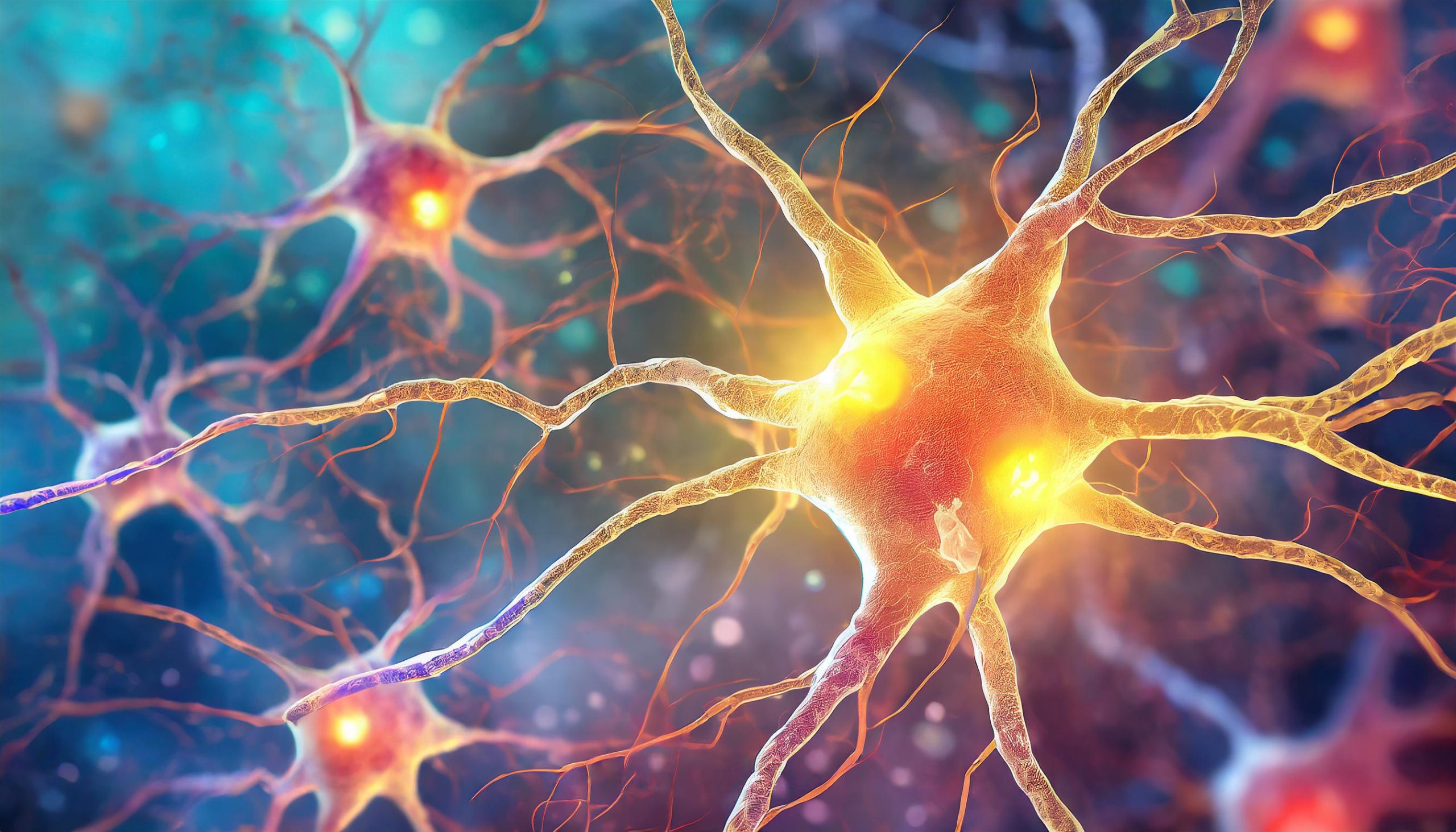
Research
Research questions
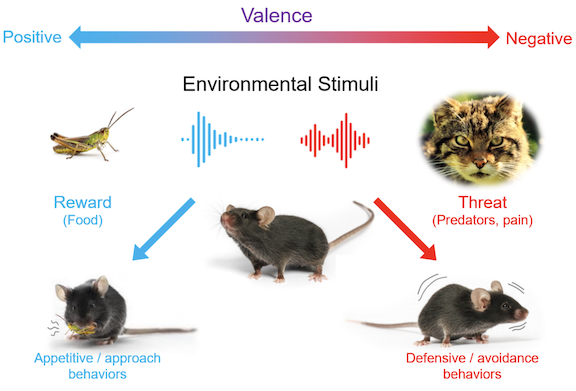
Every day, we have to make sense of sensory stimuli in the world around us. We can identify things that are rewarding or dangerous based on our learned experience, and then use this information to choose the correct behavior – a process critical for survival. A major goal of our lab is to uncover the neural circuits that represent rewards and threats in the brain, and understand how these circuits act to direct motivated behavior.
Understanding the neural circuits which mediate learning and motivated behavior is also of critical importance to mental health. Responses to environmental stimuli are severely disrupted in neurological disorders such as anxiety, depression, and post-traumatic stress disorder, leading to damaging behavioral outcomes. In order to develop effective treatments for these disorders, we must first identify the fundamental mechanisms underlying learning and valence in the brain.

Techniques

We investigate the activity of different populations of neurons during learning and behavior, we employ in vivo electrophysiology using Neuropixels probes, allowing simultaneous recording from multiple brain regions in freely-moving mice.

We also employ in vivo calcium imaging in freely-moving mice using the UCLA Miniscope platform, which allows us to investigate the function of specific genetically-defined populations of neurons.

Our lab uses optogenetics to manipulate the activity of neural circuits, allow us to activate or inhibit specific populations and determine if they are sufficient or necessary for specific behaviors.

We combine our approaches of recording and manipulating neural circuits with computational analysis of behavior, using the open source framework ‘SLEAP’ for deep learning-based pose estimation.
Projects
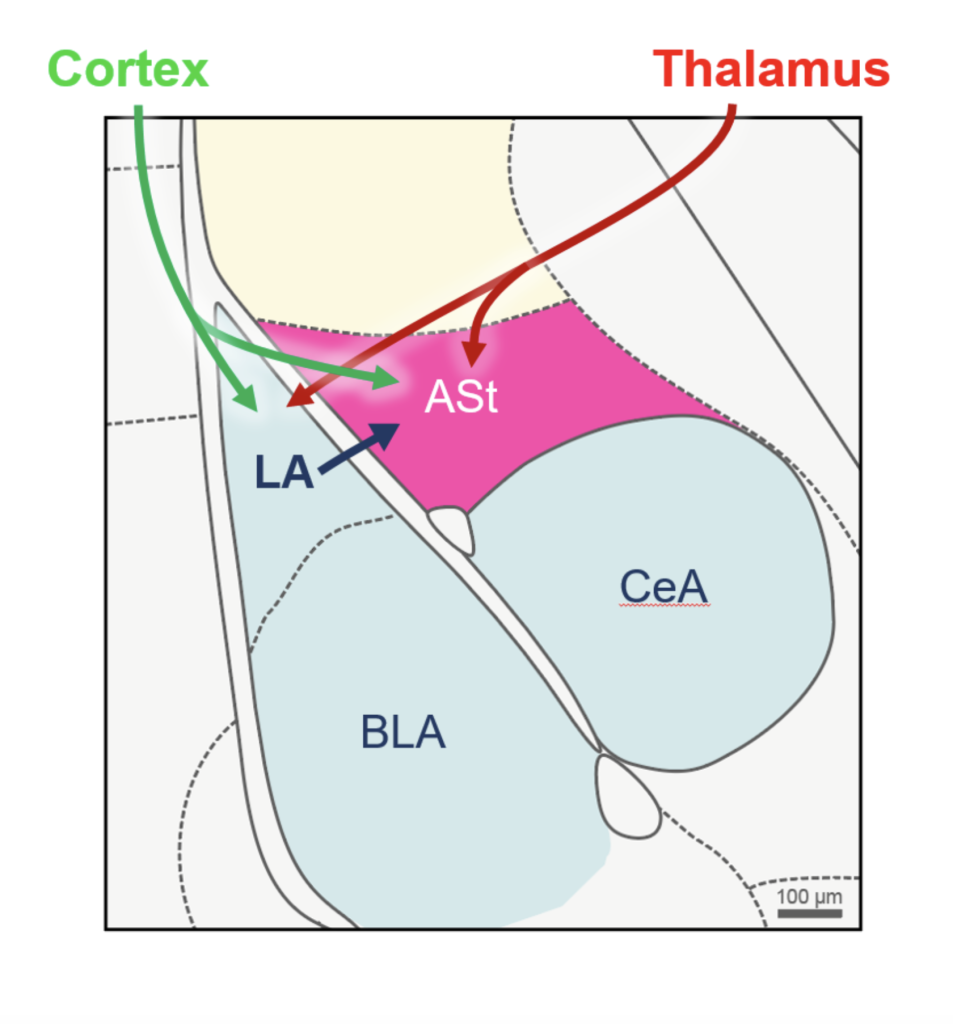
A key focus of our lab’s research program is the Amygdalostriatal Transition Zone, or “ASt”.
The ASt is highly connected with the amygdala, a key structure for emotional learning, and the striatum, which plays a critical role in action selection. However, the role of the ASt in learning and behavior is poorly understood.
In our recent work we have found that ASt neurons encode aversive conditioned stimuli, and are both necessary and sufficient to drive defensive behaviors, establishing the ASt as a new structure of interest in the study of motivated behaviors.
We are interested in studying the ASt and other circuits in many different paradigm of learning and behavior, including:
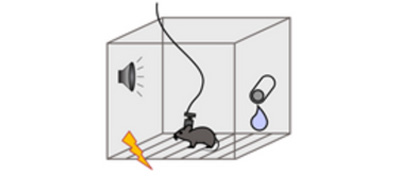
Associative Learning
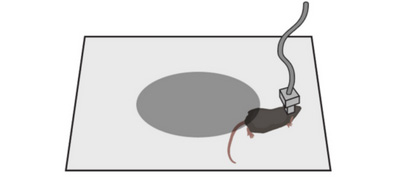
Innate Responsive Learning
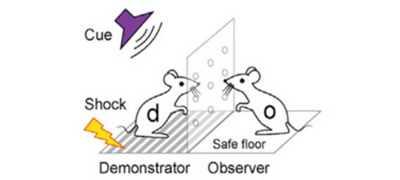
Social Learning





